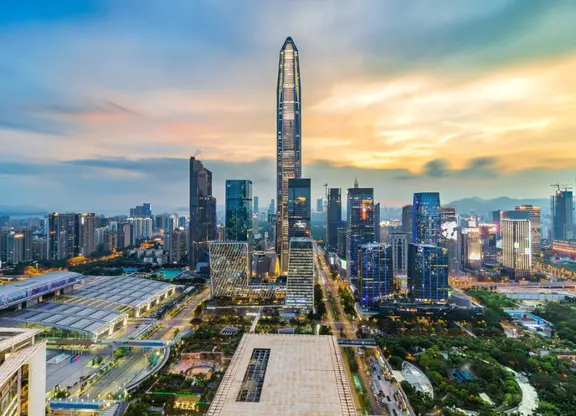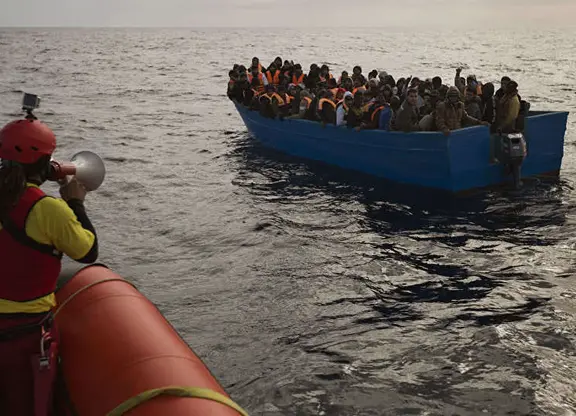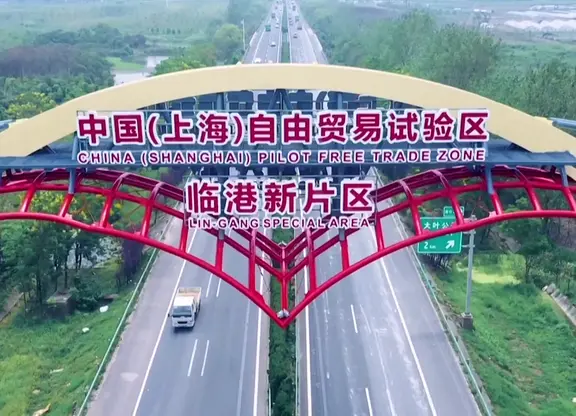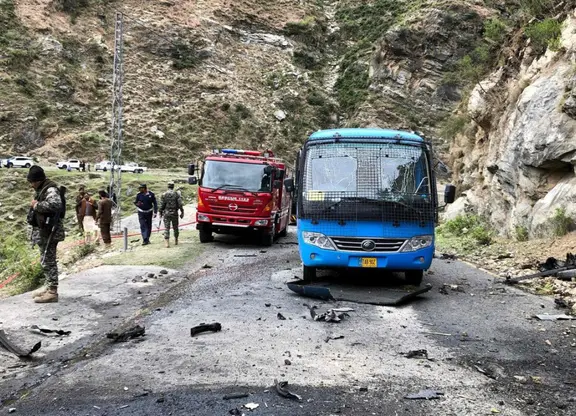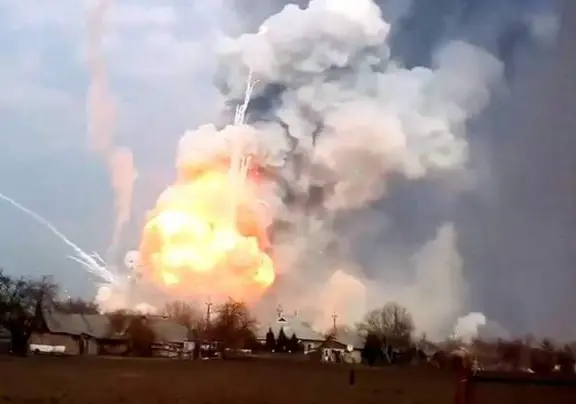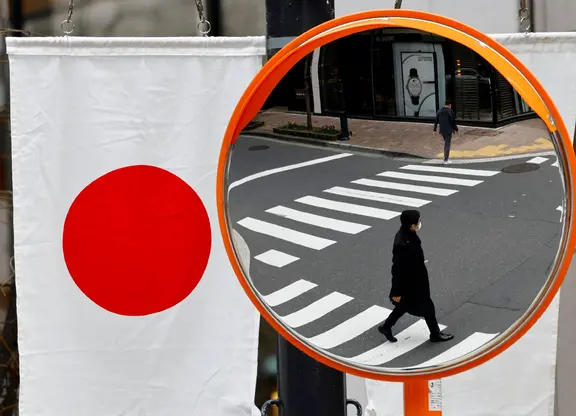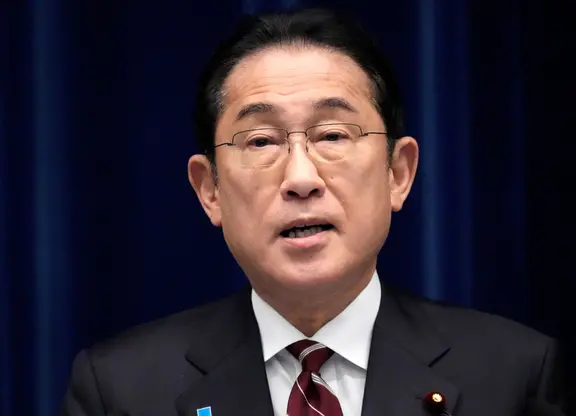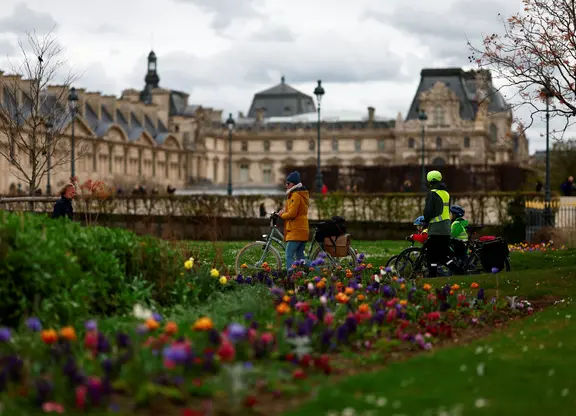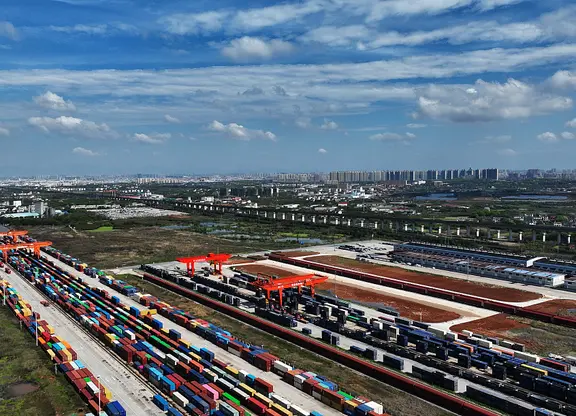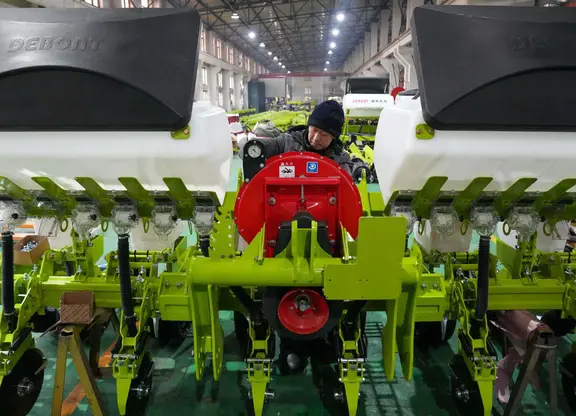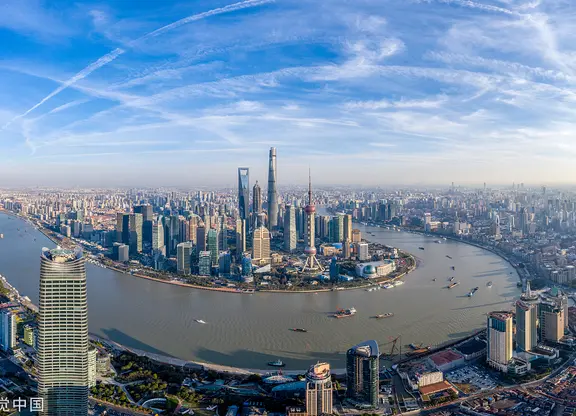According to the UNDP, Cambodia is consistently ranked among the top 10 countries most vulnerable to climate change, and among the three most vulnerable in Asia.
More than two million families, or 80 percent of the population, relies on agriculture.
Urban development is propelled by unsustainable levels of debt taken out by farmers to cope with the adverse impacts of climate change when their crop fails.
Resembling a giant construction site, a quick glance at Phnom Penh's skyline reveals a now-familiar scene – yellow construction cranes scattered across this growing metropolis. During the day, the cranes sway around, groaning under the weight of construction material, while cement trucks block one lane streets as imported cars jam the intersection.
It's a city on the rise, but the ever-present construction clamor echoing across the city coupled with unyielding demand for building materials tell a different story. For each brick fueling the nation's growth symbolizes the blood, sweat and pain of the country's poorest inhabitants.
It's the type of job nobody chooses. The air is thick with soot, catching in the throat. The heat is so intense, it stings every part of your body. The hours are long, and the work, grueling, and often dangerous. Children are running everywhere. There is no safety equipment, and stories of illness and debt bondage are common place.
Meach Chanrong came to this brick kiln with his parents years ago. He shares a tiny shack with five family members. His wife recently suffered a miscarriage. He makes just 2.5 U.S. dollars a day, if he's lucky. He is 1,900 U.S. dollars in debt.
"I don't have any way to pay back my debt to the owner," he explains. "We get exploited. I owe money so that is why I have to work. Some days, we don't make enough to eat."
Like other brick kiln workers, he's paid by the brick. He says that much of his meager wages must go toward paying off the debt; there's barely any money left to survive on. When there's not enough for necessities, he has to borrow more. When a family member is sick, he has to borrow more. The result is a rootless, desperate and indebted workforce, highly vulnerable to exploitation.
It's an all too familiar story that he shares with the tens of thousands of people working in over 400 brick kilns across Cambodia.
But why? Debts that push people to the kilns are today driven by new realities.
Urban development is being propelled by unsustainable levels of debt taken out by farmers to cope with the adverse impacts of climate change when their crops fail. "Ten years ago, harvest was better. Fishermen can sell more fish, farmers can sell more rice," Keut Theng, executive director of NAS Cambodia, says. "Now, everything has changed and more people are in debt."
In spite of fast development and economic growth, almost 80 percent of Cambodians live in rural areas, about 45 percent of the labor force are directly employed in agriculture. But the agricultural sector has been battered by weather extremes in recent years.
Climate change has caused increased temperature, prolonged drought, reduced watershed; less rainfall and pest insects are also increasingly posing a threat to farmers. For many farmers, it is now a story of coping rather than doing; of managing in whatever way possible the task of farming in an environment no longer suited to age-old methods.
Khon Sokea has been a rice farmer in Kampong Cham her whole life. It's all she knows and it is what has supported her, her husband and five children. But these days, times are tough.
"Last year I got three harvests, this year I got one harvest," she frowns. "There is no water. I rely on rain but there's no rain. My rice plants are too dry."
Khon Sokea knows that all it takes is one failed harvest to lead her family into unsustainable levels of debt. For farmers that has meant the end to a lifetime of work. Having gone into debt for small loans to buy more water for their crops, or new fertilizers or chemicals that might see them through, the low harvest means those microloans cannot be repaid.
And for the indebted farmers, one of the only remaining choices is to sell the family debt to the owner of a brick kiln and set out on what they know in advance will be a journey in one direction – to the kilns.
(CGTN)
 简体中文
简体中文


